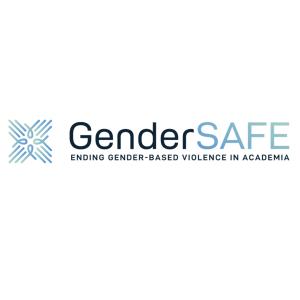 \
&
Contact us
\
&
Contact us
 \
&
Contact us
\
&
Contact us
The NCP Flanders Horizon Europe introduction page and Digital Europe introduction page provide a first overview of the respective programmes.
The Online manual provides all practical details on the submission process of proposals on the Funding and Tender portal, how to apply for funding, what will happen after the call deadline and offers guidance for the post-grant signature/project management phase.
The application to a Horizon Europe or Digital Europe call implies four major steps.
The Funding and Tender portal hosts call topics of all EU funding programmes. By choosing Digital Europe you will be directed to all calls within this specific programme. By choosing Horizon Europe you will be directed to all calls within this specific programme.
The majority of the call topics demand a consortium with a minimum number of consortium members from a minimum number of different European member states or Associated countries. The exact number of required consortium partners depends on the specific call topic. There are several ways to find partners to build your consortium or to present yourself to other organisations that you are interested in participating to this project as a partner.
Find out more about finding the right partners on our dedicated Partner search page.
Each user of the Funding and Tender portal has to have an EU Login account to log in on the Portal.
If you want to participate in a project proposal, your organisation needs to be registered and have a 9-digit Participant Identification Code (PIC). The 2-steps verification process for securing your registration in the Funding and Tender portal, installed in 2020, is explained by the Commission through webinars and tutorials.
NCP Flanders can give you support during your application process and provides basic information and tips and tricks to support you with preparing your proposal.

GenderSAFE, funded by Horizon Europe under call topic HORIZON-WIDERA-2023-ERA-01-09, is a project that advances efforts to implement a zero-tolerance approach to gender-based violence in higher education and research in the European Research Area. This overall objective will be achieved through a five-fold strategy. The project exists of a European-wide consortium of six partners. Read more about the GenderSAFE’s five-fold strategy, the role of the Belgian partner Yellow Window and the latest outputs of the project in this testimonial.